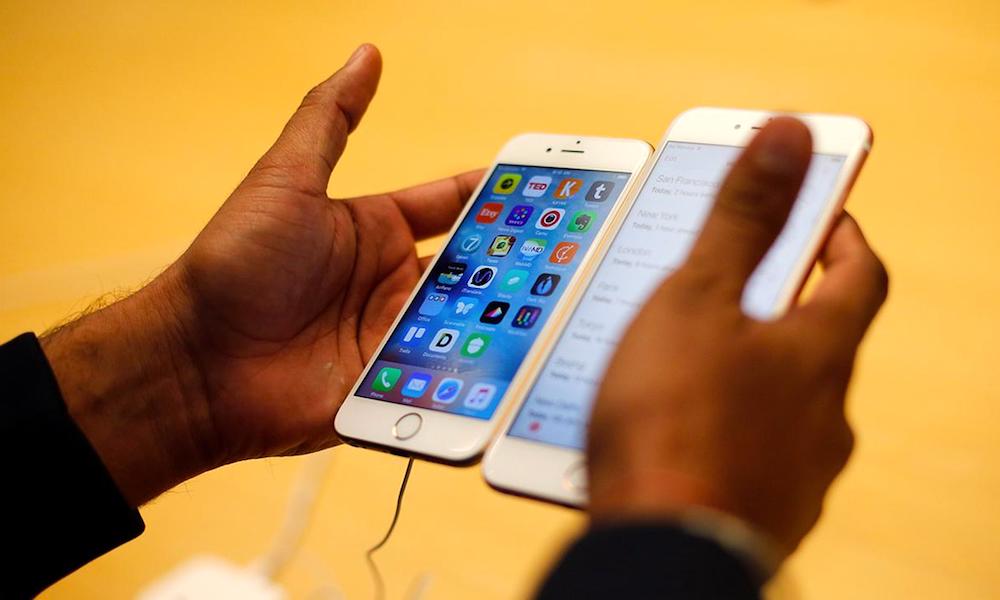Apple Slashes Battery Replacements to $29 Regardless of Test Results
 Credit: KIICHIRO SATO / AP
Credit: KIICHIRO SATO / AP
Toggle Dark Mode
Apple clarified on Tuesday that it will replace iPhone batteries at a reduced price point, regardless of previous policies concerning battery health diagnostics.
The company first announced the battery replacement program in a public apology last week. The letter was posted in the wake of controversy over its throttling of older iPhones due to battery-related issues. In the apology, Apple stated that it would slash the price of out-of-warranty battery swaps from $79 to $29 throughout 2018.
A few details about the battery swaps were left rather vague, however. Previously, Apple would only replace an iPhone’s battery if a diagnostic test revealed if it couldn’t hold 80 percent of its original charge after 500 charging cycles. While Apple said the $29 battery swaps would apply to “anyone with an iPhone 6 or newer whose battery needs to be replaced,” it never specified whether or not that was based on the diagnostic test.
Today, Apple has officially confirmed to several outlets that it would replace an iPhone’s battery regardless of those test results.
In addition, Apple began offering the new pricing for battery swaps on Dec. 30 — about a month earlier than expected. Anecdotal reports also seem to suggest that, if users paid the full $79 for a battery replacement before the reduced pricing took effect, Apple will also refund users the difference on request. We haven’t confirmed this independently, but let us know in the comments what your own experience is.
It’s worth noting that, presumably, many iPhone owners will take Apple up on the discounted battery replacements. As such, Apple has stated that “initial supplies of some replacement batteries may be limited.”
Apple’s battery woes began last month, when several reports revealed that the company was throttling older iPhones’ performance as their batteries aged. Apple officially confirmed that fact and apologized for it last week, adding that it began implementing the intentional slowdowns in iOS 10.2.1 to help prevent unexpected shutdowns and component failure.
The company wasn’t very transparent about the power management failsafe, only referring to it in release notes as an “improvement” to reduce occurrences of unexpected shutdowns. Moving forward, that’s bound to change. In its official apology, the company said that a future version of iOS would implement a feature that will let users get a more detailed view of their device’s battery health.
In the wake of confirmation, the company has been hit with a wave of class action lawsuits — including one in California to the tune of $999 billion.
If you’re curious about your own iPhone’s battery health, you can head over to a Genius Bar (you can schedule an appointment via the Apple Support iOS app). But that’s not your only option: Apple can perform a battery diagnostic test remotely. To have that test performed, just contact Apple Support via email, phone, online chat, or Twitter.






